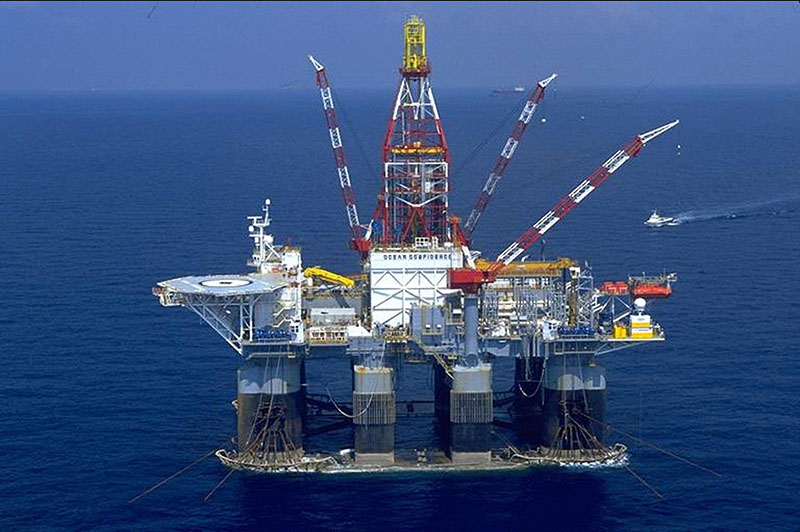(Bloomberg) — Oil drillers added more rigs in the U.S. as vessels in the Gulf of Mexico went back to work after a pause to avoid Hurricane Hermine in early September.
Rigs targeting crude in the U.S. rose by 7 to 414 for the week ending Sept. 9, extending the biggest return to activity since crude prices first began falling two years ago. Natural gas rigs rose by 4 to 92, bringing the total for oil and gas up by 11 to 508, according to Baker Hughes data. While producers haven’t pulled back drilling since the end of June, a lack of rig additions in any of the four major shale basins indicates renewed caution.
"Given how long oil has hung around in the mid- to low-$40s, we’re looking at a situation over the next month or two where the U.S. rig count may begin to roll back," said Matt Marietta, an analyst at Stephens Inc. in Houston, in a telephone interview. "There are a lot of pundits expecting this to be the beginning of a recovery. I would say, ‘Not so fast.’"
Halliburton Co., the world’s second-largest oil services provider, called the recent uptick in rig count "terrific," while adding that it wasn’t significant enough to alter market dynamics. Nonetheless, Halliburton said customers are optimistic as oil prices have held generally above $40 for much of the year.
Wreckage Accounting
"I would describe this as sorting through the wreckage of the worst downturn that we’ve ever seen," Jeff Miller, president of Halliburton, said this week at an investor conference in New York. "We are in the early innings of a recovery."
Prices rose this year partly on speculation that informal discussions among members of the Organization of Petroleum Exporting Countries may lead to action to stabilize the market. Investors continue to parse statements from OPEC members and Russia for signs of whether they’ll agree on measures that would limit production.
The oil price recovery from a 12-year-low in February has prompted producers to begin returning parked rigs to service after idling more than 1,000 rigs since the start of last year.
"We still think we can get to about 500 U.S. land oil rigs with about $45 oil, but the oil price volatility needs to calm down so operator psychology and confidence can improve," Luke Lemoine, an analyst at Capital One Southcoast, wrote Friday in an e-mail.
West Texas Intermediate, the U.S. benchmark crude, fell 3.5% to $45.94 at 2:11 p.m. on the New York Mercantile Exchange.
Crude output fell by 30,000 barrels a day to 8.46 million during the week ended Sept. 2, the Energy Information Administration reported Wednesday.
Bloomberg News by David Wethe





